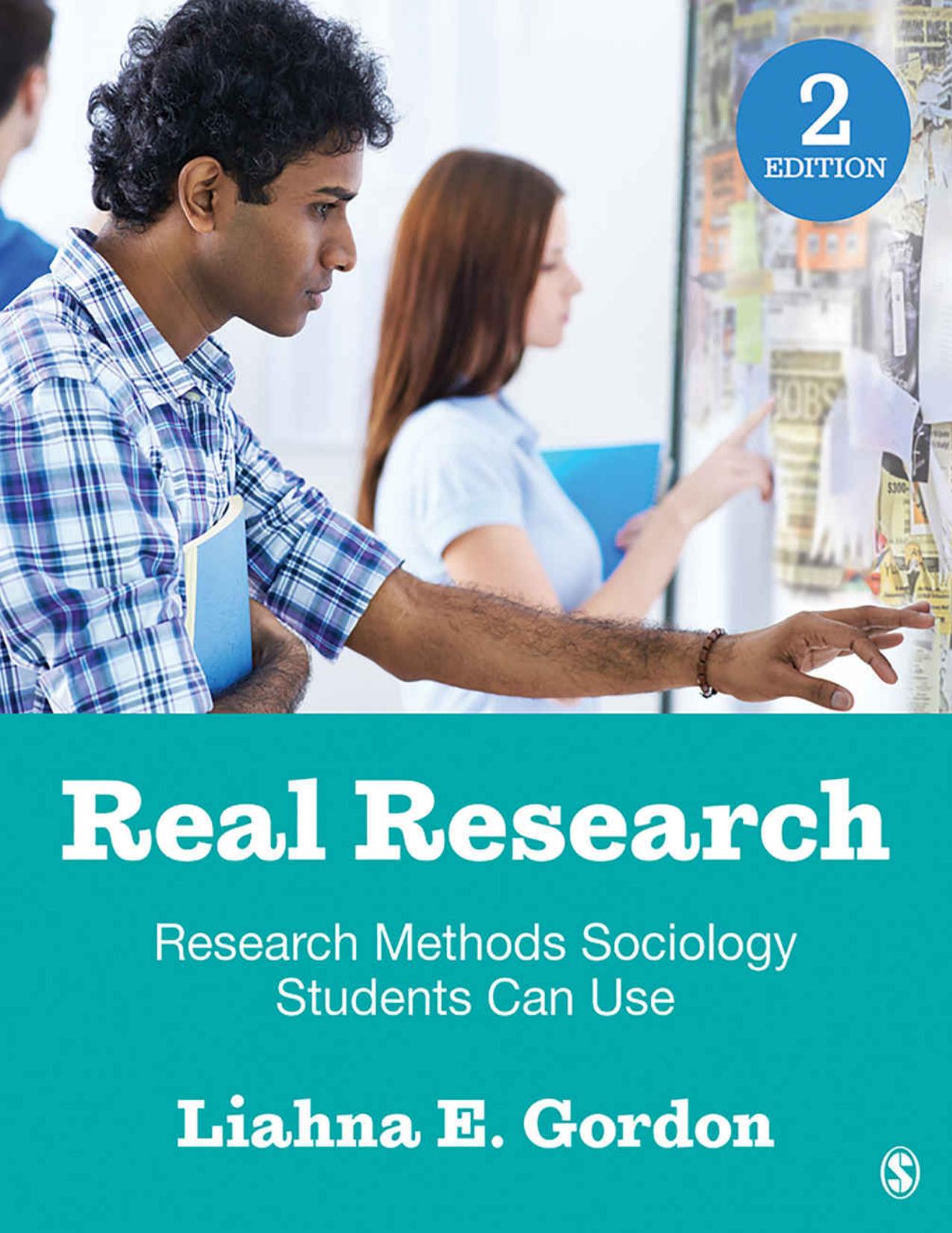Real Research: Research Methods Sociology Students Can Use by Liahna E. Gordon

Author:Liahna E. Gordon [Gordon, Liahna E.]
Language: eng
Format: epub, pdf
Publisher: SAGE Publications
Published: 2015-02-23T23:00:00+00:00
Face-to-Face Surveys
Like mail surveys, face-to-face surveys often require an introductory letter and a fair amount of follow-up. Although some face-to-face surveys are conducted on the spot, more often an initial letter is sent and is followed by a follow-up phone call or visit, whose purpose is to arrange a time for the administration of the survey. The day before the survey is to be administered, a second phone call or visit is typically used to confirm the date, time, and location of the meeting. If the respondent cancels the appointment, or does not show up, further letters, phone calls, and/or visits may be required in order to secure the respondent’s participation.
Like phone surveys, those conducting face-to-face surveys typically use a computer program (computer-assisted personal interviewing, or CAPI, program) in conjunction with a laptop computer to lead them through the administration of the survey and the recording of respondents’ responses. Also like phone surveys, administrators of face-to-face surveys must follow strict protocol, including those regulating voice speed and modulation. This requires significant training for survey administrators, as great care must be taken to make sure that the administration of the survey is reliable—that is, that regardless of which administrator conducts the survey, the respondent’s answers will remain the same. You should keep in mind that sometimes, even though an administrator has done an excellent job of conducting the survey, their own race, gender, age, or other physical characteristics may bias the responses that the respondent gives. A survey about racism may yield unreliable results if the administrators are racially diverse. For this reason, researchers sometimes purposely match respondents with administrators who share particular characteristics with them, such as their sex, race, or age.
In some ways, face-to-face surveys are like qualitative interviews. Administrators must be concerned about maintaining their appearance, being polite and friendly, and putting the respondent at ease. Unlike qualitative interviews, however, the principles of positivism dictate that survey administrators should minimize chitchat; avoid revealing personal information about themselves or their opinions; and keep the researcher–respondent relationship as brief, superficial, and impersonal (but friendly) as possible.
Face-to-face surveys also often use visual aids to help respondents. For example, when there are many possible answer choices, the administrator might show the respondent a card with all the possible answer choices, so that the respondent not only hears them, but is able to read the responses as well, aiding in recall and reliability.
Download
Real Research: Research Methods Sociology Students Can Use by Liahna E. Gordon.pdf
This site does not store any files on its server. We only index and link to content provided by other sites. Please contact the content providers to delete copyright contents if any and email us, we'll remove relevant links or contents immediately.
Cecilia; Or, Memoirs of an Heiress — Volume 1 by Fanny Burney(32434)
Cecilia; Or, Memoirs of an Heiress — Volume 2 by Fanny Burney(31868)
Cecilia; Or, Memoirs of an Heiress — Volume 3 by Fanny Burney(31852)
The Great Music City by Andrea Baker(31327)
We're Going to Need More Wine by Gabrielle Union(18967)
All the Missing Girls by Megan Miranda(15562)
Pimp by Iceberg Slim(14379)
Bombshells: Glamour Girls of a Lifetime by Sullivan Steve(13972)
Talking to Strangers by Malcolm Gladwell(13222)
Norse Mythology by Gaiman Neil(13204)
Fifty Shades Freed by E L James(13157)
For the Love of Europe by Rick Steves(12927)
Mindhunter: Inside the FBI's Elite Serial Crime Unit by John E. Douglas & Mark Olshaker(9186)
Crazy Rich Asians by Kevin Kwan(9166)
The Lost Art of Listening by Michael P. Nichols(7403)
Enlightenment Now: The Case for Reason, Science, Humanism, and Progress by Steven Pinker(7228)
The Four Agreements by Don Miguel Ruiz(6622)
Bad Blood by John Carreyrou(6543)
Weapons of Math Destruction by Cathy O'Neil(6142)
